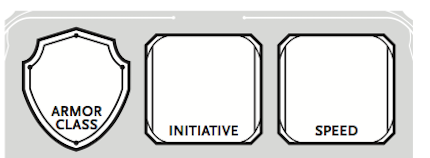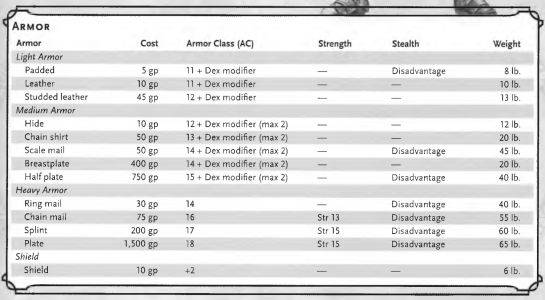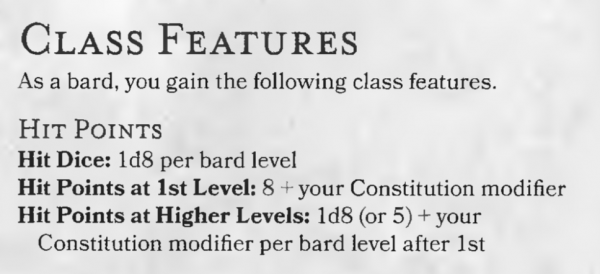Character Sheet
I see a twinge of curiosity and desire for adventure in your twinkling eye! In the last installment, we began the Character Sheet quest. The Character Sheet is quite the endeavor. After all, you’re creating a fantastical being who is predestined to save the day. Today we will tackle the remainder of Page 1 of the Character Sheet. Go ahead and pull up yours from last time or refer to this one here, and if you need a recap of the last article, go here!
Skills & Saving Throws
There are two columns just to the right of the abilities column we took on last time. The top column is for Saving Throws and the bottom column is for Skills. Your Saving Throws and Skills will be determined by your class. Saving Throws will be used when you are under attack and the way to succeed is to roll one of these. For example, if an evil witch tries to curse you, you might have to succeed on a Wisdom Saving Throw in order to avoid the curse (all of this is the decision of your DM).

So, take a look at the Class you chose. Find the “Class Features” category, and towards the bottom will be the “Saving Throws.” Mark on your character sheet whichever saving throws are listed there. For example, under the Cleric class you’ll see Wisdom and Charisma. This means that clerics are proficient in Wisdom and Charisma saving throws, or they are more likely to succeed. Now go to your race.
For Skills, look on your class page and find the category “Skills,” which should be right next to the “Saving Throws” category. Whatever Skills are listed there, you will put a check by them on your character sheet. Congratulations! You are proficient in these skills! You will have a higher chance of succeeding on these rolls. These will be used at your DM’s discretion. If you want to scan a room, you might roll an investigation check, or for jumping over a wall it might be athletics.
For both of these categories, you will use the number you have in the “Proficiency Bonus” circle above both of these columns and add it to your roll. To find your proficiency bonus, refer to the chart on the second page of your class description. At the top it will tell you what the bonus is for level 1.
Armor Class, Initiative & Speed

These are much easier to locate and understand! Armor Class is basically the gauge of how hard you are to hit. The higher your AC, the harder you are to hit. Your base AC without armor is 10, so if your character has no armor, put a 10 in that circle. If they do have armor, refer to this chart below:

Find the armor you are using, and look at the AC column. Here’s an example: if you have on Padded Armor (at the top), your AC will be 11 + your Dexterity Modifier. Go to the column on the far left of your character sheet, find the Dexterity block, find the small number in the circle below it, and add that to 11. You did it!
Your initiative is what you roll at the beginning of a battle to figure out who goes first, second, and so on. Your initiative bonus is just your Dexterity modifier. So that little number you just added to find your AC, that’s the number for your initiative bonus. When you roll a d20 to see when you get to fight, you’ll add this number to your roll.
Your speed is told by your choice of Race, so find your Race in the handbook. There will be a Traits section, and there you will find your speed. That number is how far you can move during your turn in combat.
Hit Points
Lastly for this session we will determine your Hit Points. Hit Points (or HP) represent your health. You can lose HP through poisoning, falling, or most commonly in battle. If you’ve ever played any video game ever, you know all about HP. So how do you figure it out? You will refer to your Class Features found with your chosen Class. The first category you’ll see is for Hit Points. It’s all simple math from here. We’re going to use the Bard as an example here.

Look at “Hit Points at 1st Level” to begin. The Bard will start with 8 HP + their Constitution Modifier. Your Con mod will be int he little bubble under your Constitution ability in the left column. Every time the Bard levels up, they will roll a d8, add the Constitution modifier to that roll, then add that total to the previous HP amount.
Next Time
Way to go! I know we still haven’t finished the character sheet, but it’s a lot to handle. And, from experience, if you sit down and do it all at once, you’re more likely to burn through your desire to play. Next time we will take a look at Traits, Ideals, Bonds and Flaws. Keep adventuring, nerds!

